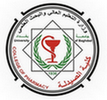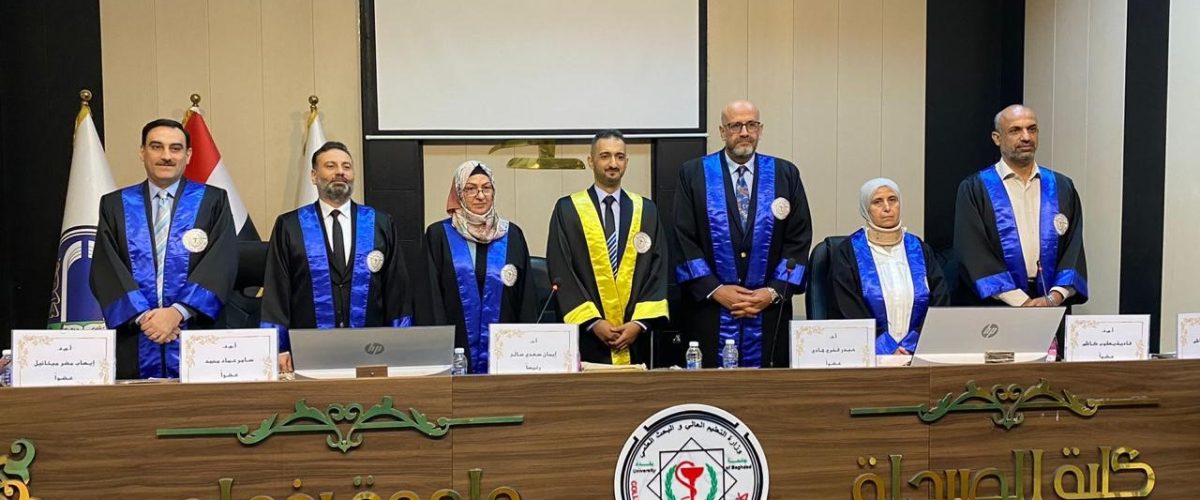The Faculty of Pharmacy discussed the PhD dissertation entitled “Potential Pharmacogenetic and Biochemical Markers to Predict Steroid Responsiveness in a Sample of Iraqi Children with Idiopathic Nephrotic Syndrome” by Ali Mohammed Abd Alridha and the supervisors, Assistant Professor Dr. Dheyaa Jabbar Kadhim and Dr. Ayad Hussein Alkhazrajy, in the Clinical Pharmacy Department. The study aimed to evaluate the potential of uVDBP and uNGAL as non-invasive biomarkers to distinguish steroid-resistant INS (SRNS) from steroid-sensitive INS (SSNS) in Iraqi children. Furthermore, this study investigated the association of the MDR-1 C1236T and C3435T genotypes and haplotypes with the risk of steroid resistance development in Iraqi INS children. A cross-sectional study was conducted to evaluate the urinary biomarkers’ levels in two groups of participants [SSNS (n = 32) and SRNS (n = 31)]. Quantitative analysis of uVDBP and uNGAL levels was undertaken via commercially available ELISA kits. Additionally, children with SRNS and SSNS were genotyped by amplification of the target variants’ sequence using polymerase chain reaction (PCR) and digestion of the amplification products via appropriate endonuclease enzymes capable of detecting restriction fragment length polymorphism (RFLP). The results showed that the median uVDBP and mean uNGAL values were higher (p-value<0.001) in the SRNS group than in the SSNS group. The study concluded that each of uVDBP and uNGAL was associated with a reliable discriminatory strength to noninvasively distinguish children with SRNS from those with SSNS. Moreover, children who have the MRD-1 C1236T TT genotype alone or combined with the C3435T TT genotype may be at increased risk of developing SRNS and in need of other therapeutic strategies.



